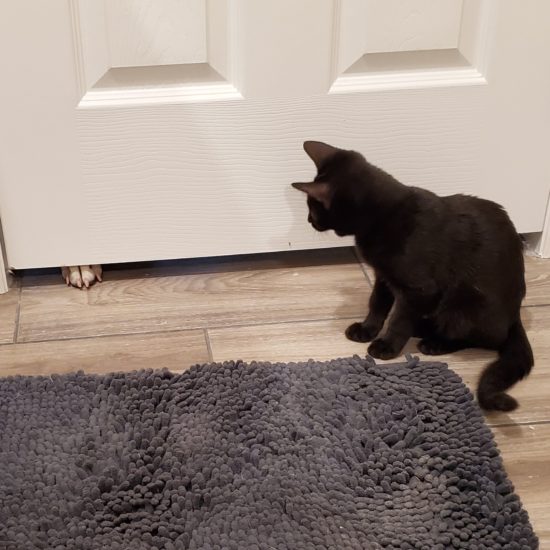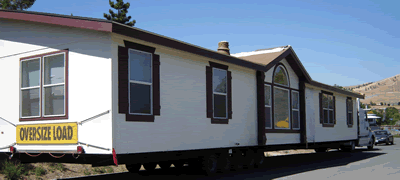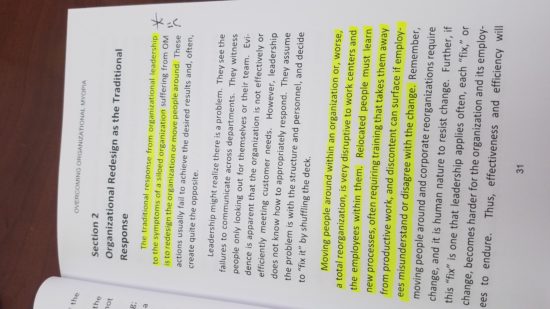What do you do if a speaker goes over their allotted time? ⏲
How valuable is your time? What do you think about people that abuse it? What if they’re a speaker/presenter?
In my mind, one sign of a professional speaker is that they stick to their time window, even if that window changes at the last minute.
Those that can’t, in my mind, are unprofessional.
Last night, I attended a monthly meeting with a professional association. Every meeting has a keynote speaker and this one was no different. Normally, the speakers keep to their time — last night was different.
The meeting ends at 8 pm, which means the speaker should finish by 7:45 or so for questions and close out.
At 7:58, the speaker looked at his watch (was about halfway through his presentation), and said, “I’ll hurry up and finish up, since I’m out of time.” He finished and asked for questions at 8:30 pm!
For me, I lost interest in his subject at about 7:50 pm and I stopped listening altogether when he realized he was taking too long and refused to care. The way I look at it, he felt his material was more important than the time of the 60 or so people in the audience.
What are your thoughts?
Crosscutter Enterprises
www.crossctr.com




